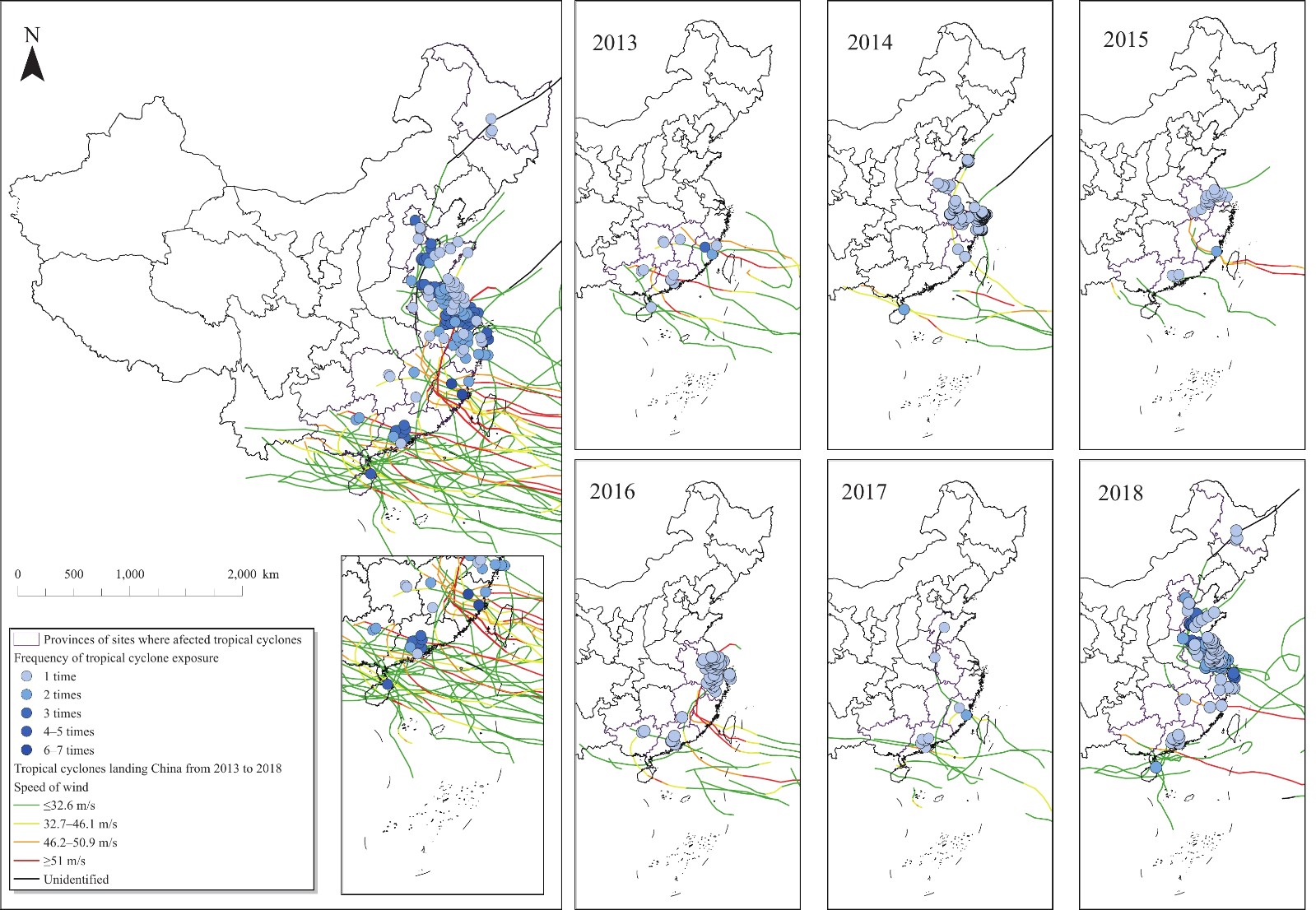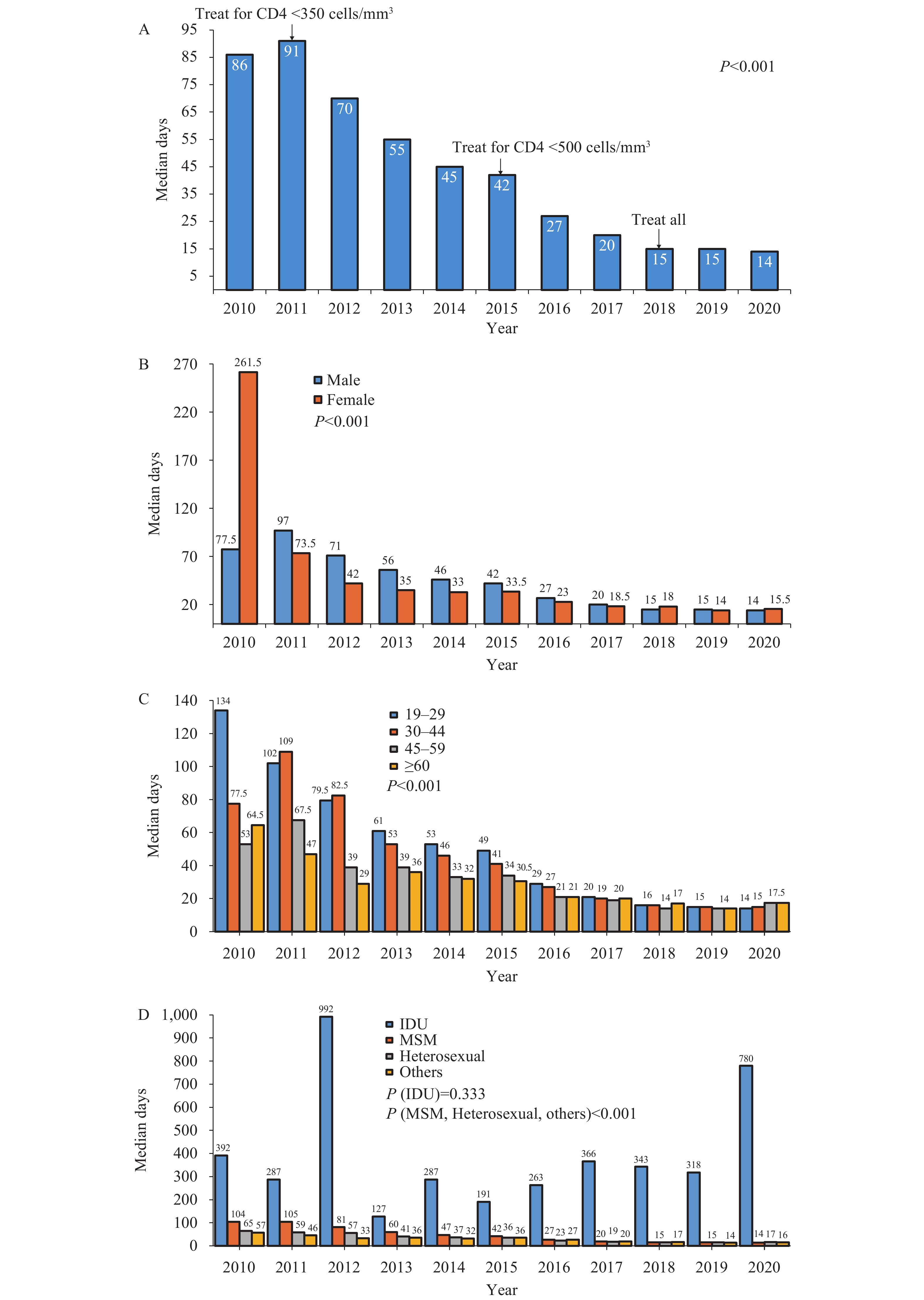2023 Vol. 5, No. 6
Tropical cyclone (TC) has a substantial and adverse impact on non-accidental mortality. However, whether heterogeneity exists when examining deaths from sub-causes and how TC impacts non-accidental mortality in the short term remain unclear.
This study found substantial associations at lag 0 between TC exposure and circulatory and respiratory mortality. TC exposures were associated with increased risks for several mortality sub-causes at lag 0 day, including ischemic heart disease, myocardial infarction, cardiac arrest, cerebrovascular disease, stroke, chronic obstructive pulmonary disease, and Parkinson’s disease.
This finding suggests an urgent need to expand the public health focus of natural disaster management to include non-accidental mortality and sub-causes.
Neutralization levels induced by inactivated vaccines rapidly wane after primary immunization, and a homologous booster can recall specific immune memory, resulting in a remarkable increase in antibody concentration. The optimal interval between primary and booster doses has yet to be determined.
Booster doses given at three months or more after the two-dose regimen of the CoronaVac COVID-19 vaccine in elderly individuals aged 60 years and older triggered good immune responses. The geometric mean titers of neutralizing antibody on Day 14 after the booster doses increased by 13.3–26.2 fold of baseline levels, reaching 105.45–193.59 in groups with different intervals (e.g., 3, 4, 5, and 6 months).
A 4- to 5-month interval between receiving the primary and booster series of CoronaVac could be an alternative to the 6-month interval in order to promote vaccine-induced immunity in elderly individuals. The findings support the optimization of booster immunization strategies.
Antiretroviral therapy (ART) eligibility criteria and treatment regimens were updated in national guidelines. However, whether treatment was timely and followed guidelines was under-assessed.
Among 22,591 people living with human immunodeficiency virus (PLWH) who initiated ART in Beijing between 2010 and 2020, the time from diagnosis to initiating ART decreased, the clinical condition of PLWH improved, and ART regimens changed in accordance with guidelines.
Over the past decade, improvements in clinical status have been observed among PLWH; however, a proportion of PLWH remain who started ART late. Early linkage to human immunodeficiency virus (HIV) care should be further improved.
Public health workers (PHWs) were listed as a priority group recommended for influenza vaccination during the coronavirus disease 2019 (COVID-19) pandemic. Understanding the drivers of influenza vaccine hesitancy among PHWs can promote influenza vaccination in the COVID-19 pandemic.
The study found that 10.7% of PHWs were hesitant to get an influenza vaccination. Drivers associated with vaccine hesitancy were assessed based on “3Cs model.” The absence of a government or workplace requirement and concerns about vaccine safety were the biggest obstacles for PHWs to recommend influenza vaccination.
Interventions are needed to improve PHWs’ influenza vaccine coverage to prevent the co-circulation of influenza and COVID-19.



 Subscribe for E-mail Alerts
Subscribe for E-mail Alerts CCDC Weekly RSS Feed
CCDC Weekly RSS Feed

